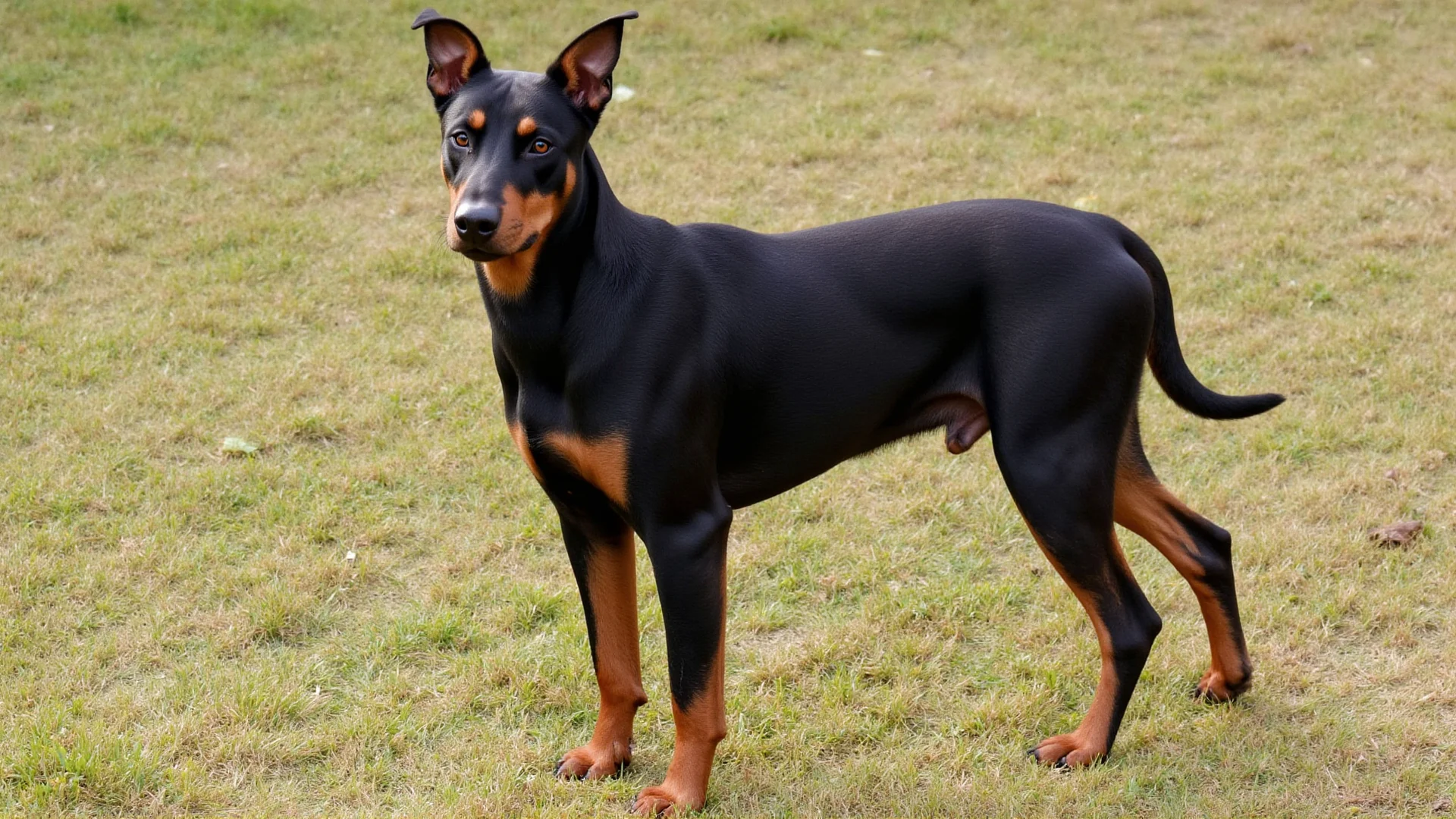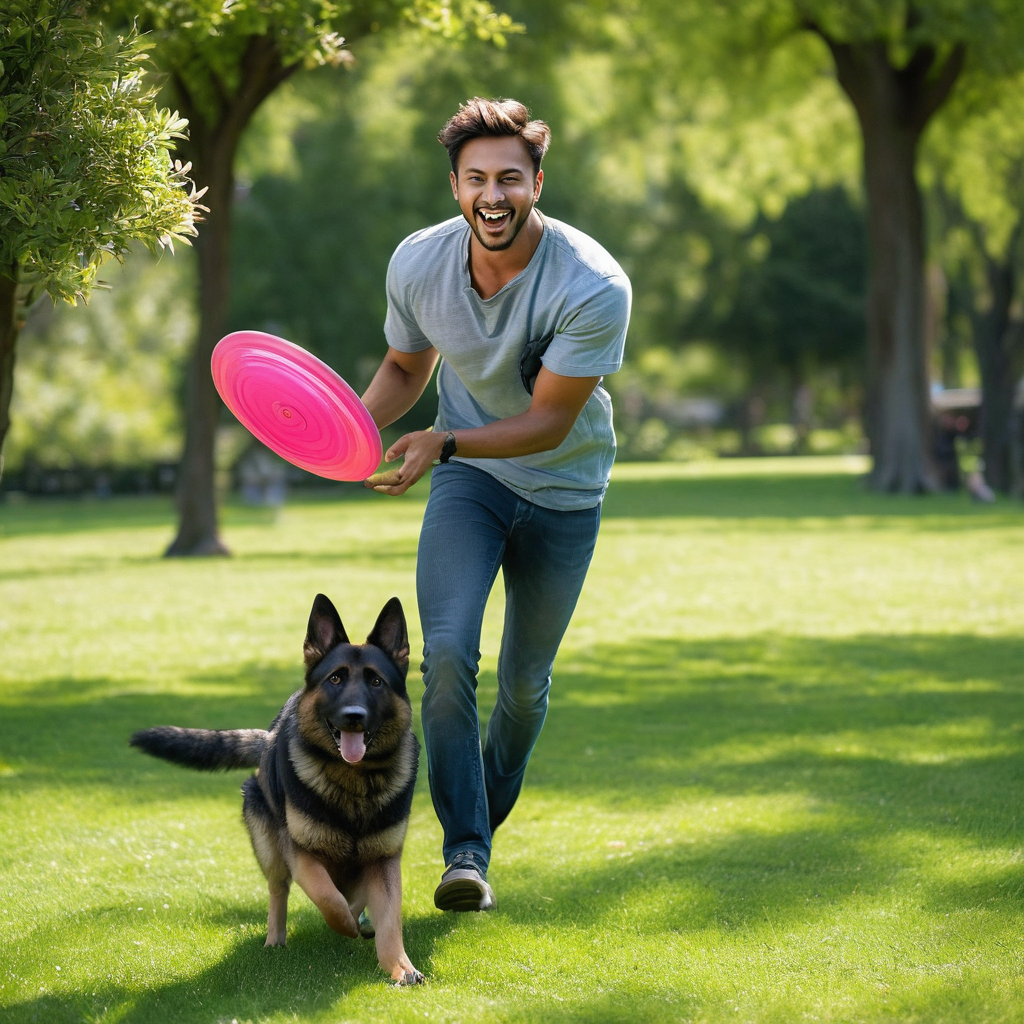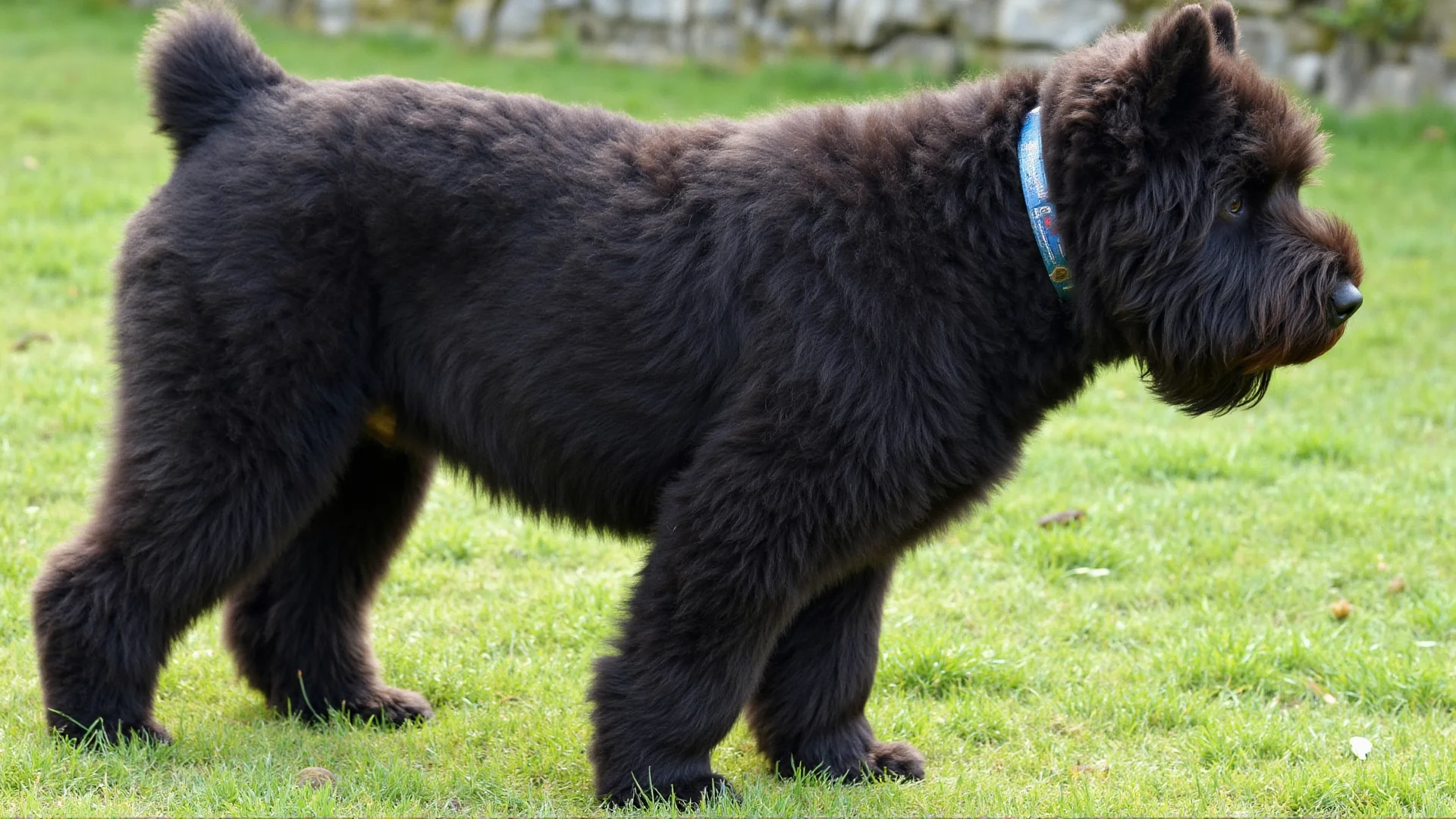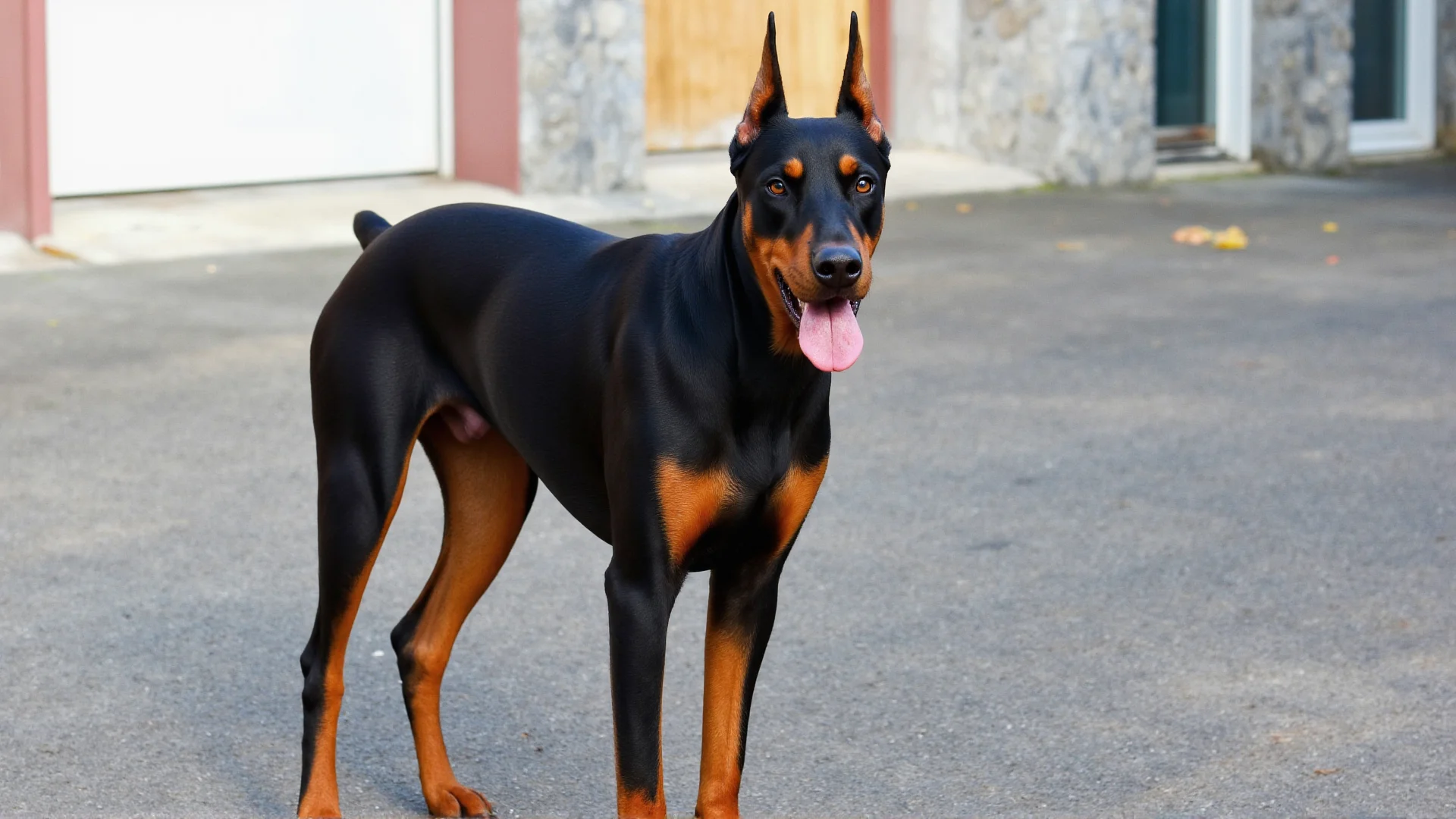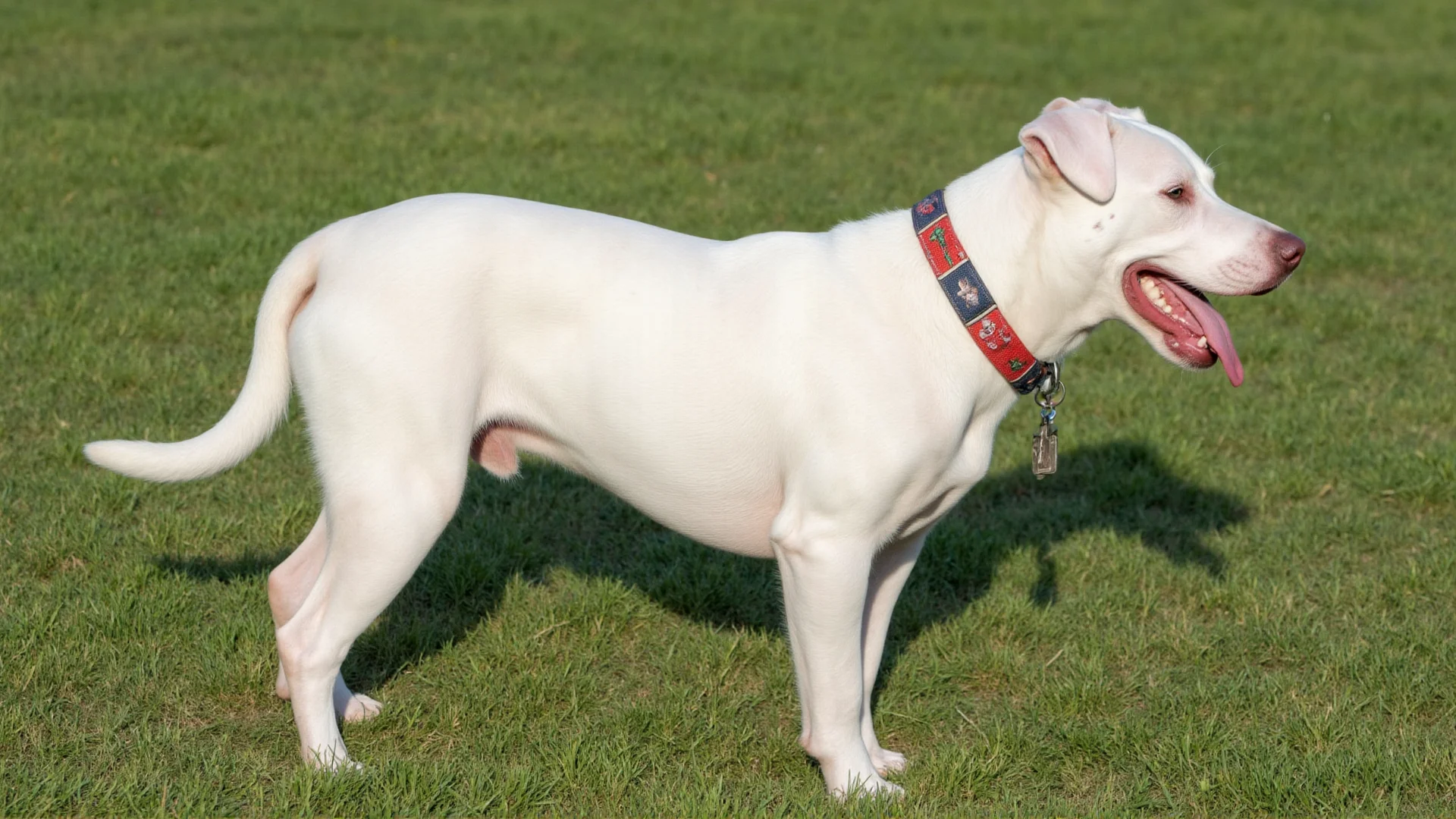Unleashing Energy: The Complete Exercise Guide for German Pinschers
German Pinschers are dynamic, high-energy dogs that require substantial physical and mental stimulation. These athletic canines thrive when their exercise needs are properly met, but can become destructive and anxious when understimulated.
Understanding the German Pinscher's Energy Profile
The German Pinscher is a medium-sized working breed originally developed for ratting and farm work in Germany. This heritage has gifted them with incredible stamina, intelligence, and an intense drive to stay active. Unlike some breeds that are content with a daily walk, German Pinschers require vigorous exercise sessions that challenge both their bodies and minds.
These dogs typically require 60-90 minutes of active exercise daily, split across multiple sessions. Their energy levels remain consistently high throughout their adult years, from puppyhood well into their senior years, though the intensity may gradually decrease after age 7-8.
High-Impact Exercise Activities
Running and Jogging
German Pinschers make excellent running companions once they reach physical maturity (around 12-18 months). Start with short distances and gradually build up to longer runs. These dogs can comfortably handle 3-5 mile runs with proper conditioning.
Agility Training
Their athletic build and quick reflexes make German Pinschers natural agility competitors. Set up obstacle courses in your backyard or join local agility clubs. This activity provides intense physical exercise while satisfying their need for mental stimulation.
High-Energy Fetch Games
Traditional fetch can be amplified for German Pinschers by incorporating hills, water retrieval, or multiple toys. Use chuck-it launchers to increase distance and intensity. Consider fetch sessions of 20-30 minutes to really tire them out.
Hiking and Trail Running
German Pinschers excel on hiking trails, especially those with varied terrain. Their sure-footedness and endurance make them ideal companions for moderate to challenging hikes. Always bring plenty of water and check paws for cuts or abrasions after rocky terrain.
Mental Stimulation: The Energy Equalizer
Physical exercise alone isn't enough for German Pinschers. Their intelligent, working-dog minds require constant challenges. Mental stimulation can be as tiring as physical exercise for these bright dogs.
Puzzle Toys and Food Dispensers
Invest in rotating puzzle toys of varying difficulty levels. Kong toys stuffed with frozen treats, treat-dispensing balls, and interactive puzzle boards can keep your German Pinscher engaged for extended periods.
Scent Work and Tracking
Tap into their natural hunting instincts with scent games. Hide treats around the house or yard, teach them to find specific scented items, or consider formal nose work training. These activities provide intense mental stimulation.
Advanced Training Sessions
German Pinschers thrive on learning new skills. Teach complex tricks, practice obedience routines, or explore dog sports like rally or competitive obedience. Regular training sessions should be part of their daily routine.
Age-Appropriate Exercise Modifications
Puppy Energy (8 weeks - 12 months)
Young German Pinscher puppies have bursts of intense energy followed by long naps. Focus on short, frequent play sessions (5-10 minutes per month of age, twice daily). Avoid forced exercise like long runs until growth plates close.
Adult Prime (1-7 years)
This is when German Pinschers are at their physical peak. They can handle the most intense exercise routines and often seem to have unlimited energy. This is the ideal time for competitive dog sports and longer adventure activities.
Senior Considerations (7+ years)
Older German Pinschers may need modified exercise routines. Swimming is excellent low-impact exercise for senior dogs. Shorter, more frequent walks may replace long runs, but mental stimulation remains crucial.
Weather and Seasonal Considerations
German Pinschers have short coats and moderate cold tolerance. In winter, consider dog sweaters for extended outdoor activities. In summer, exercise during cooler morning and evening hours to prevent overheating.
Indoor Energy Solutions
For days when weather limits outdoor activities, prepare indoor alternatives:
- Treadmill training (with proper introduction and supervision)
- Indoor agility courses using furniture
- Stair climbing exercises
- Interactive toy rotation systems
- Hide-and-seek games throughout the house
Signs of Proper Exercise Balance
A well-exercised German Pinscher should be:
- Calm and relaxed indoors
- Sleeping soundly through the night
- Showing appropriate interest in activities without hyperactivity
- Maintaining healthy weight and muscle tone
- Displaying good focus during training sessions
Warning Signs of Under-Exercise
Watch for these indicators that your German Pinscher needs more activity:
- Destructive behaviors like chewing or digging
- Excessive barking or restlessness
- Difficulty settling down indoors
- Attention-seeking behaviors
- Weight gain or loss of muscle tone
Creating a Sustainable Exercise Routine
The key to successfully managing a German Pinscher's energy is consistency and variety. Create a weekly schedule that includes:
- Daily foundation exercise: 30-45 minutes of walking or light jogging
- High-intensity sessions: 2-3 times per week (running, agility, intense fetch)
- Mental stimulation: Daily puzzle toys, training, or scent work
- Social activities: Dog park visits or playdates with other dogs
- Adventure days: Weekly hikes or new exploration activities
Safety Considerations
While German Pinschers are athletic dogs, always prioritize safety:
- Build exercise intensity gradually
- Always carry water during extended activities
- Check weather conditions and adjust accordingly
- Monitor for signs of fatigue or overheating
- Maintain current vaccinations if exercising in public areas
- Use proper equipment (well-fitted harnesses, reflective gear for night activities)
